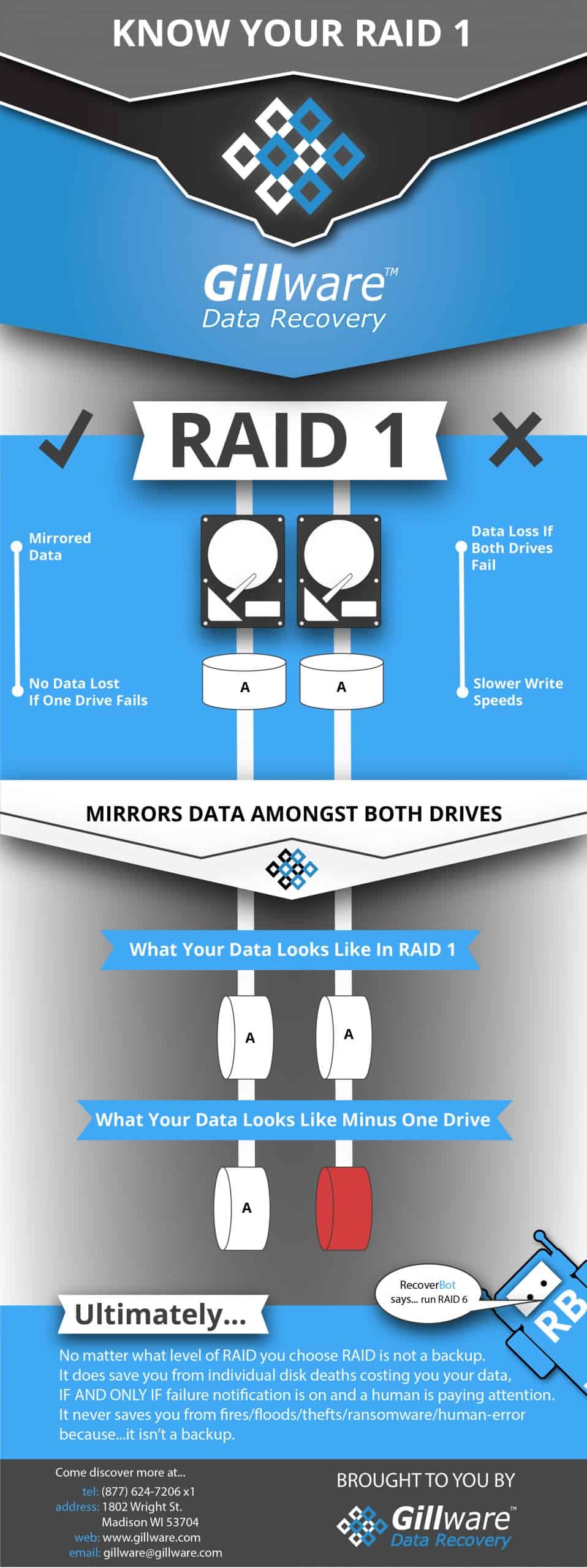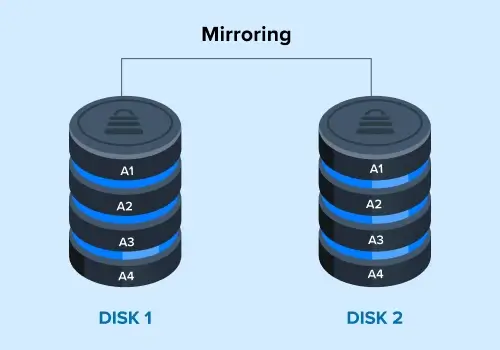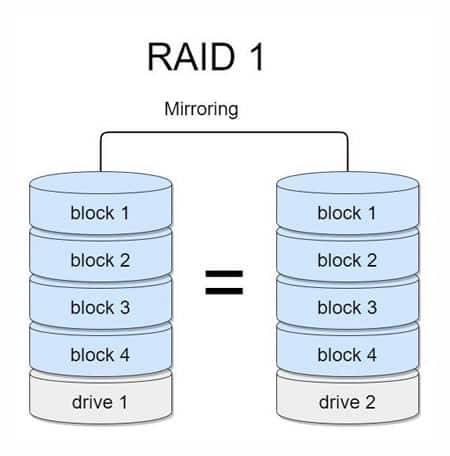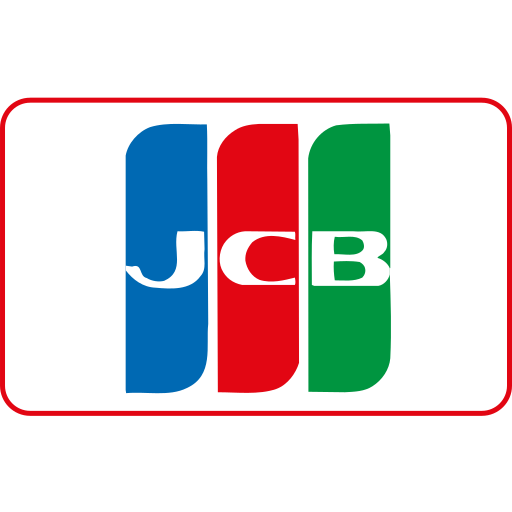Data recovery strategies for RAID 1 and RAID 10 arrays focus on leveraging their redundancy features while carefully handling the array to avoid further data loss.
RAID 1 Data Recovery Strategies
- RAID 1 mirrors data across two or more drives, so if one drive fails, the other(s) contain an exact copy. Recovery typically involves:
- Identifying the failed drive and removing it.
- Connecting the remaining good drive to a recovery system to copy data directly, as it contains a full mirror.
- If both drives have issues, specialized RAID recovery software can scan the drives as a unit to reconstruct data.
- Avoid writing any data to the RAID drives during recovery to prevent overwriting.
RAID 10 Data Recovery Strategies
- RAID 10 combines mirroring (RAID 1) and striping (RAID 0), offering both redundancy and performance.
- Recovery is more complex due to the nested structure but benefits from redundancy:
- Stop using the array immediately upon failure to prevent further damage.
- Collect all disks from the array, including any hot spares, as all may be needed for recovery.
- Use RAID recovery software that can emulate the RAID controller to reconstruct the array virtually, even if the hardware controller has failed.
- Scan the RAID as a single unit rather than individual disks to improve recovery success.
- Review system logs and disk health (e.g., SMART data) to understand failure causes and disk conditions before recovery.
- After recovery, save recovered files to a separate storage device to avoid overwriting data on the RAID.
- If recovery software is insufficient, consult professional data recovery services that offer free evaluations and use custom tools to rebuild RAID 10 arrays.
General Best Practices for RAID Recovery
- Always avoid writing new data to the RAID array before recovery is complete.
- Use specialized RAID recovery tools that understand RAID configurations and can reconstruct data accordingly.
- Back up data regularly to minimize data loss risk.
- Monitor RAID health proactively using tools like SMART and RAID controller diagnostics to detect issues early.
In summary, RAID 1 recovery often involves accessing the intact mirrored drive, while RAID 10 recovery requires reconstructing the nested RAID structure using software or professional services. Both benefit from stopping array use immediately and scanning the RAID as a whole unit for best results.




















Maple Ranking offers the highest quality website traffic services in Canada. We provide a variety of traffic services for our clients, including website traffic, desktop traffic, mobile traffic, Google traffic, search traffic, eCommerce traffic, YouTube traffic, and TikTok traffic. Our website boasts a 100% customer satisfaction rate, so you can confidently purchase large amounts of SEO traffic online. For just 720 PHP per month, you can immediately increase website traffic, improve SEO performance, and boost sales!
Having trouble choosing a traffic package? Contact us, and our staff will assist you.
Free consultation